Mozambique to host energy summit
- By Zimpapers Syndication |
- 15 May, 2025 |
- 6

Sifelani Tsiko ---
Mozambique will host the Southern Africa Energy and Infrastructure Summit (SAEIS) from May 4 -6 this year to help promote regional co-operation on energy and infrastructure projects that require both private- and public-sector support.
In a statement, Veronica Bolton-Smith, EnergyNet regional director for East and Southern Africa said that regional development is the key to unlocking Africa’s energy investment potential.
“SAEIS will bring together countries from the SADC region to discuss live infrastructure and energy projects which require investment,” she said.
“This vibrant region has experienced many positive developments in recent years, both in energy and infrastructure development. Progress in governance, institution-building and democratic consolidation are contributing factors to the positive indicators that long-term investors seek.”
EnergyNet, a UK-based firm with an Africa-focused team of researchers and experienced power professionals, is organising the summit.
The firm is known globally for organizing investment meetings, investment forums and executive dialogues focused specifically on the power and industrial sectors across Africa.
For nearly two decades, EnergyNet has worked in Europe, the USA, China and across the African continent to facilitate investment summits where international investors can build relationships with credible African public sector stakeholders.
“The Summit will explore some of southern Africa’s success stories, and how these can be replicated,” said Bolton-Smith.
Southern Africa, she said, has witnessed local private-sector led initiatives and wider participation in projects such as South Africa’s ground breaking Renewable Energy Independent Power Producer Procurement Programme (REIPPPP) programme – an initiative which will be explored at the SAEIS.
“The summit will also hear from key stakeholders participating in the Moatize/Nacala railway project, which will run between Malawi and Mozambique: an infrastructure project set to re-define southern Africa and its investment potential,” the EnergyNet official said.
Dedicated exclusively to the energy and infrastructure sector, the summit will act as a common platform for government and private sector leaders to jointly address the goal of promoting the development of the energy sector within the Sadc region.
Expectations are high that the summit will provide the impetus for several momentous energy initiatives in the region over the past decade.
Energy experts told the Southern Times that the summit will highlight the commitment of the Sadc region to diversify its energy mix, promote renewable energy and promote the growth of the energy sector to meet the region’s growing appetite for energy.
“This summit will provide an opportunity for us here in Zimbabwe to learn from the experiences of other Sadc countries particularly on how they mobilising resources to support the development of the energy sector,” said a Harare-based power engineer.
‘It will also be an opportunity to learn from others how we can accelerate our own renewable energy development plans.”
Elsewhere, across the region, there have been some exciting initiatives in the energy sector which demonstrate the region’s commitment to find solutions to some of the most pressing energy problems facing Sadc.
Gigawatt Mozambique recently announced a $200 million investment into Mozambique's power sector, alongside several global stakeholders including Standard Bank and the World Bank, amongst many others.
The investment will assist in harnessing Mozambique's natural-gas resources, which will further benefit many of Mozambique's neighbours in the southern Africa region.
This - along with several other projects in the SADC region, Bolton-Smith said, will be presented and discussed at upcoming Southern Africa Energy and Infrastructure Summit which will be held in Maputo.
Recently, Zambia also commissioned the newly-constructed 120MW Itezhi-Tezhi Hydro-power Station which was built at a cost of US$142 million, as the country takes steps to address power shortages caused by global and natural factors.
Zambia President Edgar Lungu commissioned the power plant and reiterated his government’s commitment to making Zambia an energy power house in the region.
“The commissioning of the 120 Megawatts Itezhi-Tezhi hydro-power project demonstrates my Government’s unwavering efforts to ensure the country has the much needed energy security,” he was quoted saying in the media.
“This is being achieved through several key projects aimed at addressing the entire power system infrastructure including generation, transmission and distribution.”
The Itezhi-tezhi Power Corporation is a joint venture company between Tata Zambia and Zesco. The power project started in 2011 with funding from, among others, banking institutions and the Development Bank of Southern Africa, according to media reports.
Botswana too, is now conducting a feasibility study to investigate the potential for commercial solar photovoltaic development in the North West District (NWD) as the country presses ahead with its renewable energy development plans.
The government chose Sechaba Natural Resources Company to conduct the study which aims to scale up solar energy development to meet future electricity demands.
According to media reports, company official, Mr Comfort Molosiwa explained that the project, which is estimated to cost P1,2 billion, aimed to address power shortage in the district.
He said power generation was critical to ensure power supply stability and reduced reliance on power imports.
Energy projects developer Intratrek Zimbabwe and its Indian technical partners recently signed a contract for construction of the long-awaited 30 megawatt Gairezi Hydro Power Project with Zimbabwe Power Company.
The engineering, procurement and construction contract was signed between Intratrek and its Indian technical partners Angelique International, Bharat Heavy Electricals Limited and ZPC.
The construction of the power project, which had been on cards since 2006, will cost US$128 million.
The project is expected to add power on Zimbabwe’s national grid and create employment opportunities for people in the Gairezi area, in the eastern part of the country.
The 12-member Southern African Power Pool has a total operating capacity of 46 910 MW and a total demand plus reserve of 55 157 MW.
The region has energy equivalent to 350 Terawatt hour (TWh) and a regional capacity shortfall of 8 247 MW.
Three national electrical systems which are not yet connected to the SAPP network include Angola, Malawi and Tanzania.
The SADC region is endowed with large rivers including the Congo and Zambezi, with the Inga Dam situated on the Congo River having the potential to produce about 40 000MW of electricity, according to SAPP.
Observers say the level of renewable energy penetration and use across the region still remain low, and to support market expansion in renewable energy, SADC has developed a comprehensive plan on how the region could fully harness its renewable energy potential.
Zambia and Zimbabwe are experiencing serious power shortages following low levels of water on all infrastructure that is used to generate electricity.
Kariba generation output is currently constrained to around 50 percent of the total capacity due to water restrictions. Both countries were now importing 300MW each from South Africa to avert power shortages.
South Africa provides more than 80 percent of the total generation capacity of the SADC region.
It is predominantly coal generation with a hydro component around 21 percent, coal 70 percent, nuclear 3 percent and others 6 percent -renewable, distillate and Combined Cycle Gas Turbine (CCGT).
Sadc countries are pressing ahead with massive investment in the power sector to help the region attain its long- term energy targets.
SAPP aims to achieve a renewable energy mix in the regional grid of at least 32 percent by 2020 and 35 percent by 2030.
Sources in the energy sector say SAPP must move with speed to enlist Angola which is development hydro power projects with a capacity to generate more than 4 500 MW.
Last year, Angola announced plans to spend US $23,3 billion on water and electricity projects over the next two years as Africa’s second-largest crude producer deals with plunging oil prices.
The southwest African country is targeting the development of 65 energy and water projects by 2017, according to media reports.
Despite numerous challenges facing the region’s energy sector, SAPP says Southern Africa plans to commission new projects that will add 2 763 megawatts to the regional grid as the region targets to meet its energy needs by 2018.
According to a Sardc report, of the planned capacity from the 13 projects being undertaken in six SADC countries, the majority will come from South Africa where at least five projects are targeted for commissioning soon, producing an additional 1 828MW for the regional grid.
SAPP further expects another significant contribution to the regional power grid to come from the Democratic Republic of Congo, which was due to add 430MW by late 2015.
Coal is contributing the largest share of the new generation capacity in South Africa, with the coal-fired Medupi Power Station having an additional capacity of 738MW.
Even though calls for the region to increase its uptake of clean energy were growing, engineers from SAPP region warned that member states needed to tread with caution as this came with hidden cost and risks.
Despite the energy challenges, prospects look bright for the region’s energy sector and SAPP is confident that the region will commission 24 062 MW of power between 2015 and 2019 if all proposed projects come on stream.
No Comments


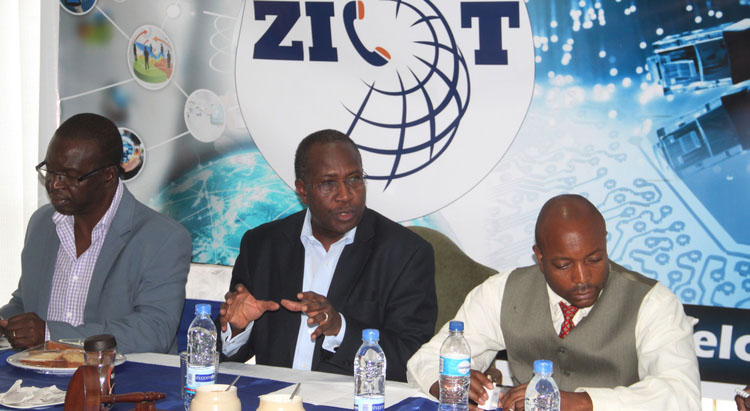
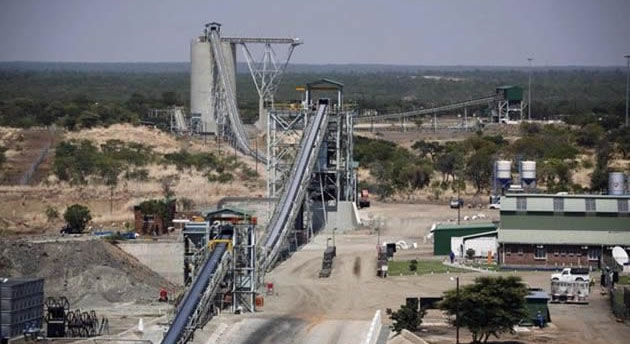
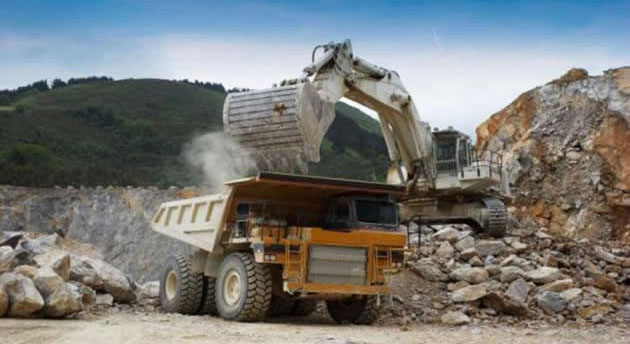


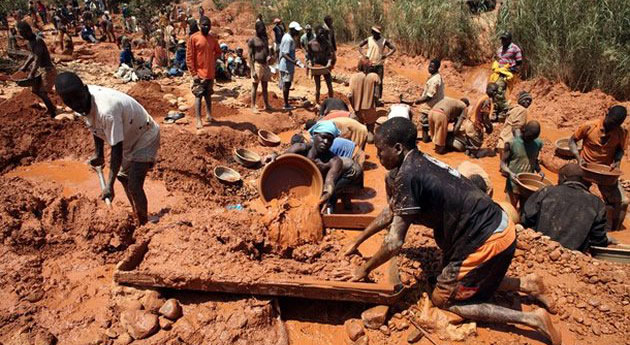
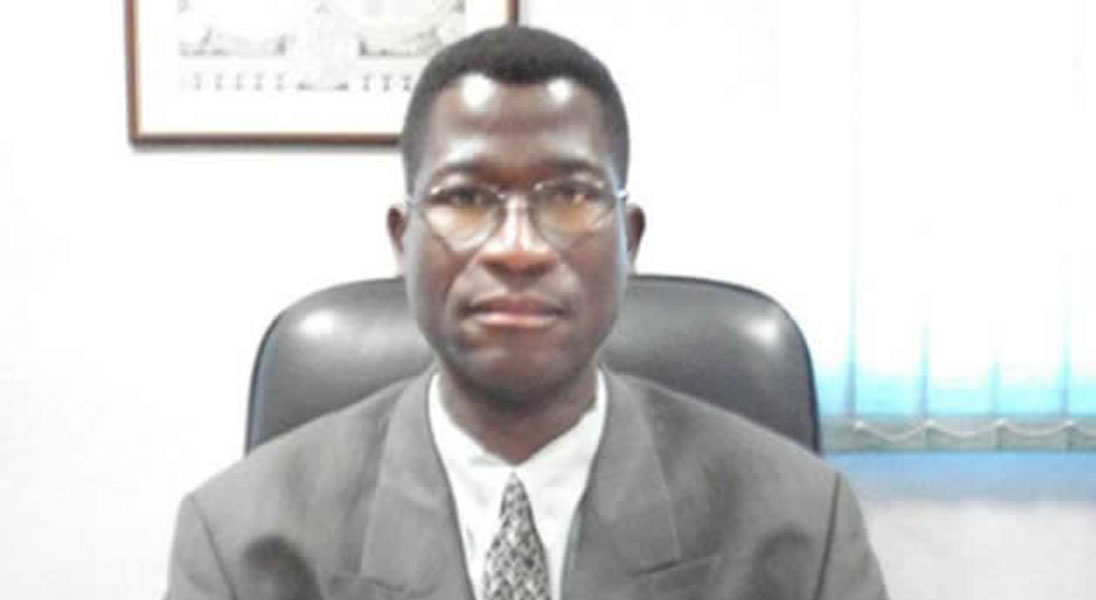
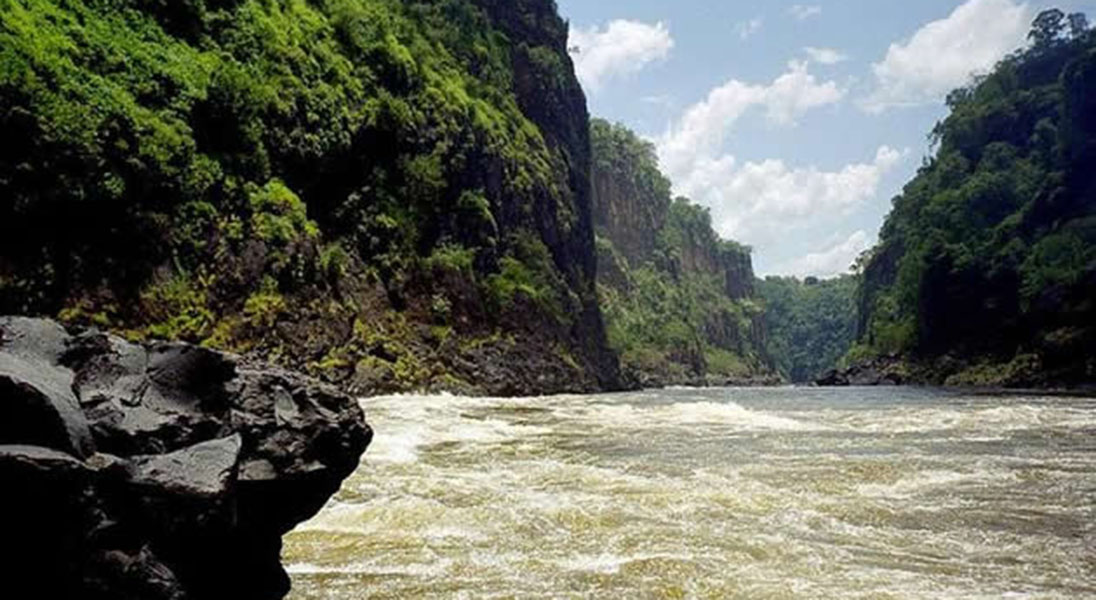

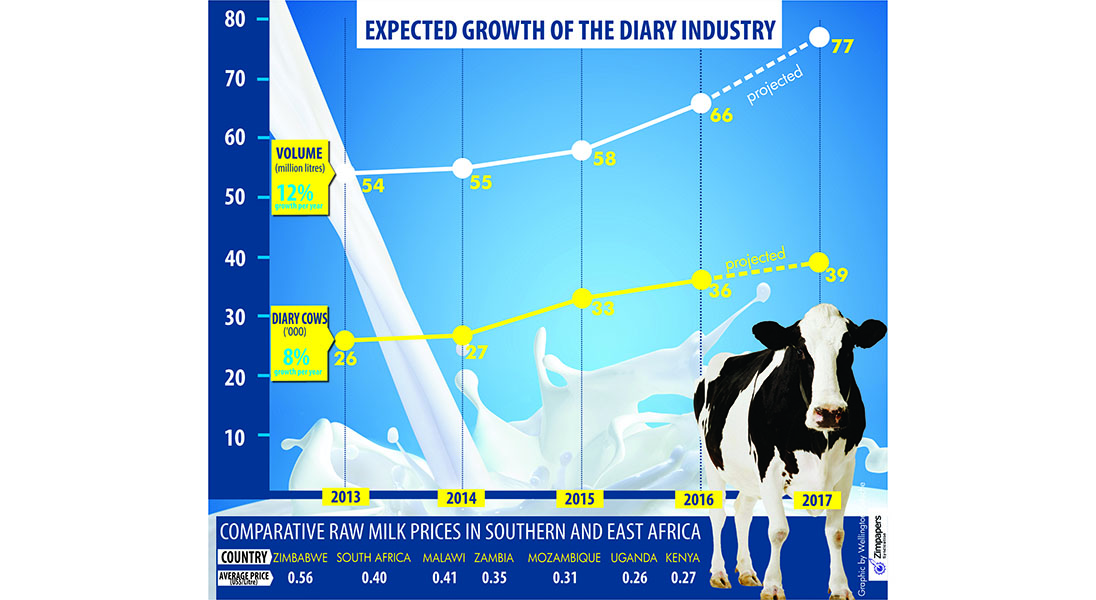
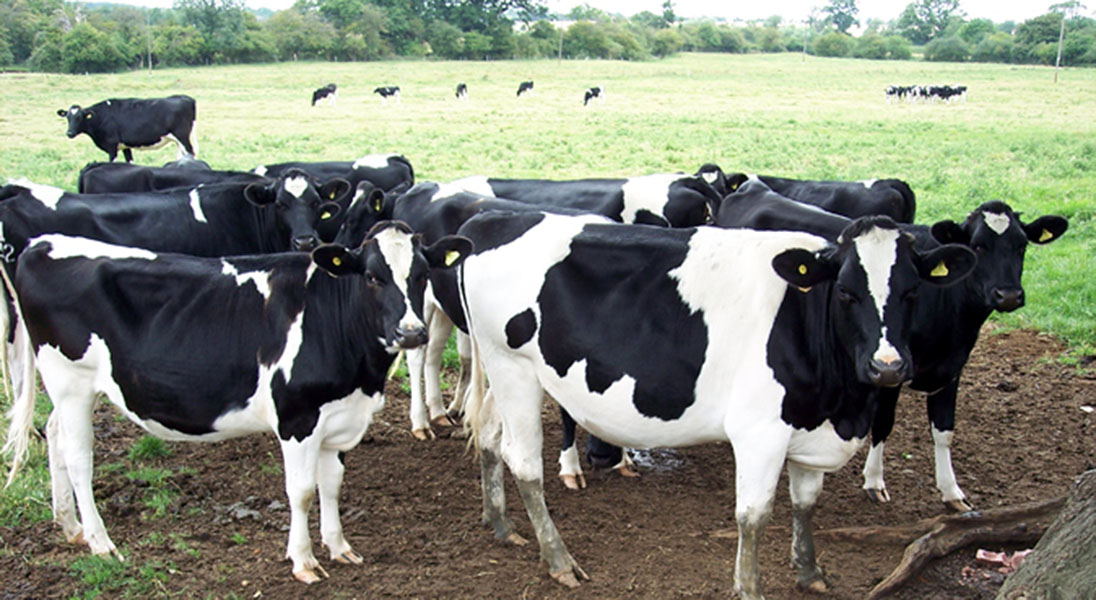
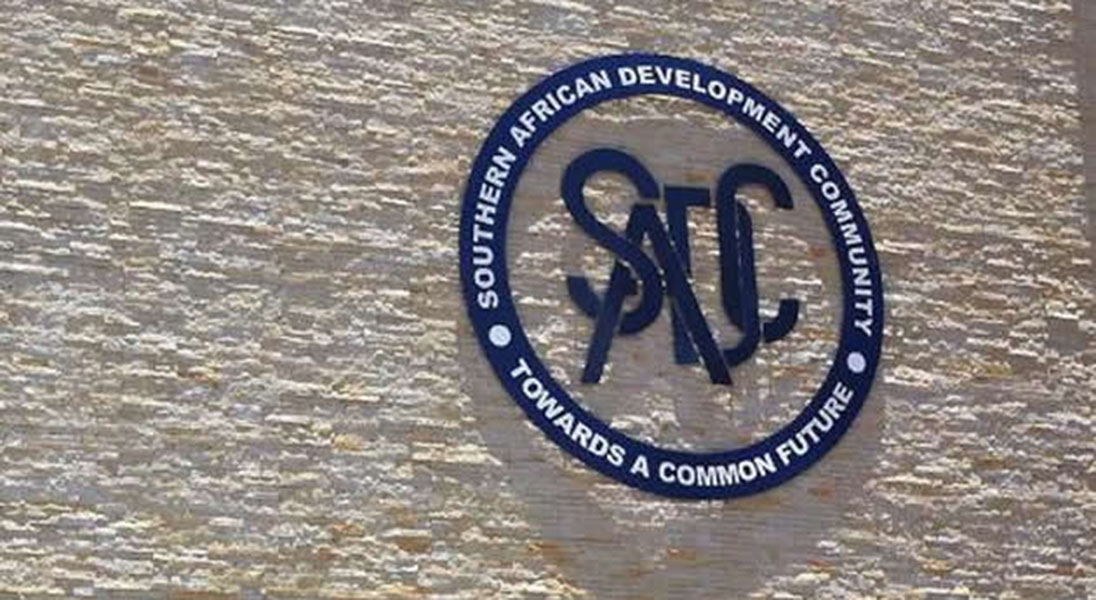
Comment